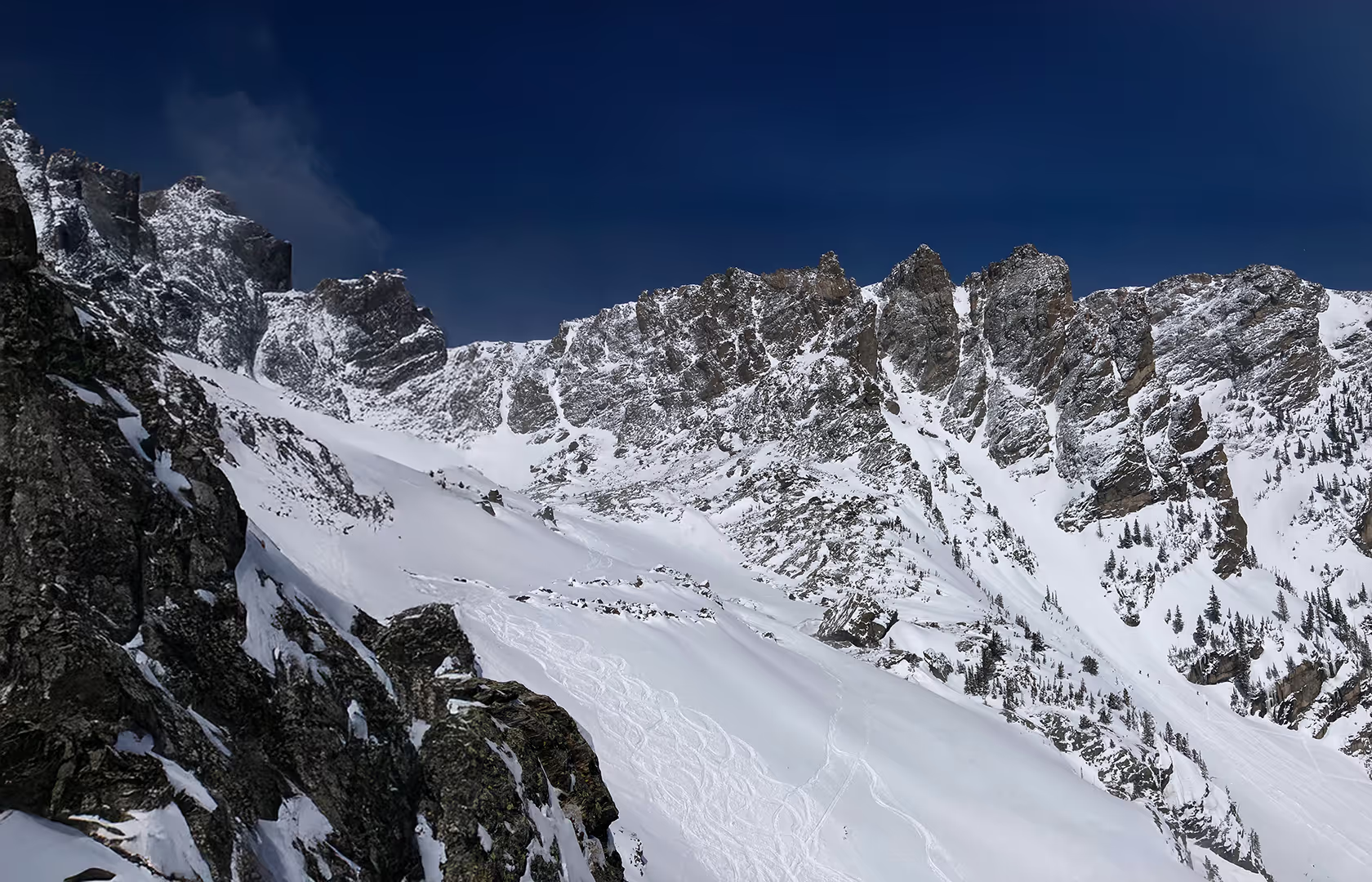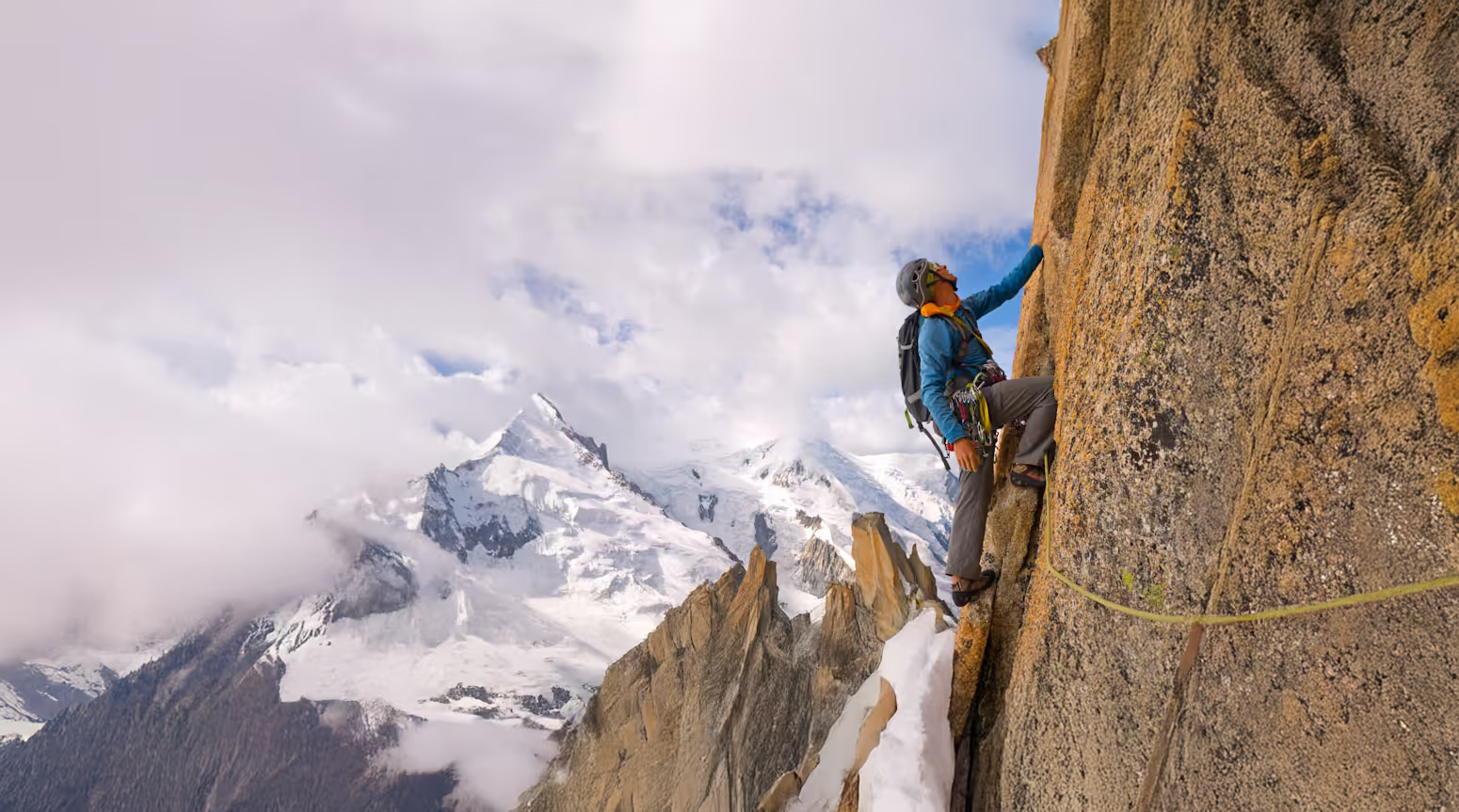Getting Started With Affiliate Marketing As A Mountain Guiding Company

Affiliate marketing is a partnership between a business and an affiliate (a.k.a marketer). The affiliate posts a unique URL (with tracking parameters) on their website and you pay them for every sale you make through their link. Affiliates are like salespeople in that they’re only paid when your business gets a booking through them.
You can see this on online travel agency websites like TripAdvisor or Kayak when they promote destinations. When consumers click on the promoted link and pay for the service, TripAdvisor/Kayak earn commission. In fact, 40% of marketers in the US get most of their customers through affiliate programs. As we see the number of influencers growing, expect to see affiliate marketing do the same.
The easiest way to get started is through an affiliate network, where you create a profile, list your service, and choose the commission rate.
Pros and Cons of Affiliate Marketing
Affiliate marketing can work for guiding companies because it’s cheaper than hiring an employee. You only pay an affiliate when they’ve generated a booking for you. You don’t offer benefits like you would a full-time employee, so it keeps costs low. On the other hand, it can be a lot of work to maintain. Here’s a quick pros and cons list for you to consider.

5 Steps To Affiliate Marketing
Step One: Set A SMART Goal
If you’ve been reading our blogs in this series, you’ll know we’re a big proponent of SMART (Specific, Measurable, Achievable, Realistic, and Timely) Goals. To start a successful affiliate marketing program, you need to know what you want to achieve, how you’re going to achieve it, and if you met your goal. You can only do this by getting really clear on what it is you want to gain.
Step Two: Join An Affiliate Network
There are a multitude of affiliate networks you can join. Review their fee structures, types of affiliates on their platform, creative capabilities, and timing of commission payouts. Some networks that have outdoor affiliates include AvantLink, Rakuten Advertising, ShareASale, Impact, and CJ Affiliate.
Step Three: Set Up A Payment Structure
On average, the affiliate commission rate is between 5-30%. You can figure out a commission rate that works for you and your business by considering how much you earn through your guests as a customer. You can also do some competitor research to see what they’re paying out in commission.
Step Four: Handpick Your Affiliates
To find an affiliate who will drive traffic and increase bookings you’ll have to look at their blog and social media platforms, and consider where your ideal guest is online. It’s also important to make sure that they’re transparent about their affiliate marketing, their engagement on social media, the size of their following, and if they’re posting consistently (both on social and their website).
Step Five: Track Your Results
You need to track the click-through rate and conversion rate to assess whether your affiliate marketing is helping you reach your goal (that you set in Step One). Most affiliate network platforms have reporting so you’ll easily be able to determine what the return on investment is.
Affiliate marketing is yet another digital marketing option for mountain guides who want to increase website traffic, raise brand awareness, and grow their business.
About the Author:
Jessica is the Digital Marketing Specialist for Origin. Origin is innovative online booking software designed specifically to help tour guides and outfitters keep trip reservations and staff availability up-to-date, prevent overbookings, and even help you assign guides to newly booked trips with automated text messages to confirm availability. Interested in learning more? Schedule a call with us or visit our website: www.exploreorigin.com
An Unofficial Guide to AMGA Certification


